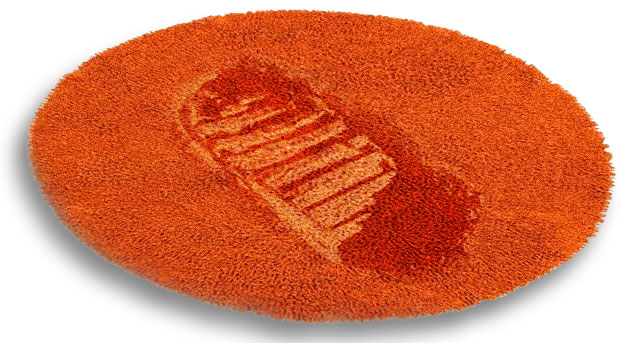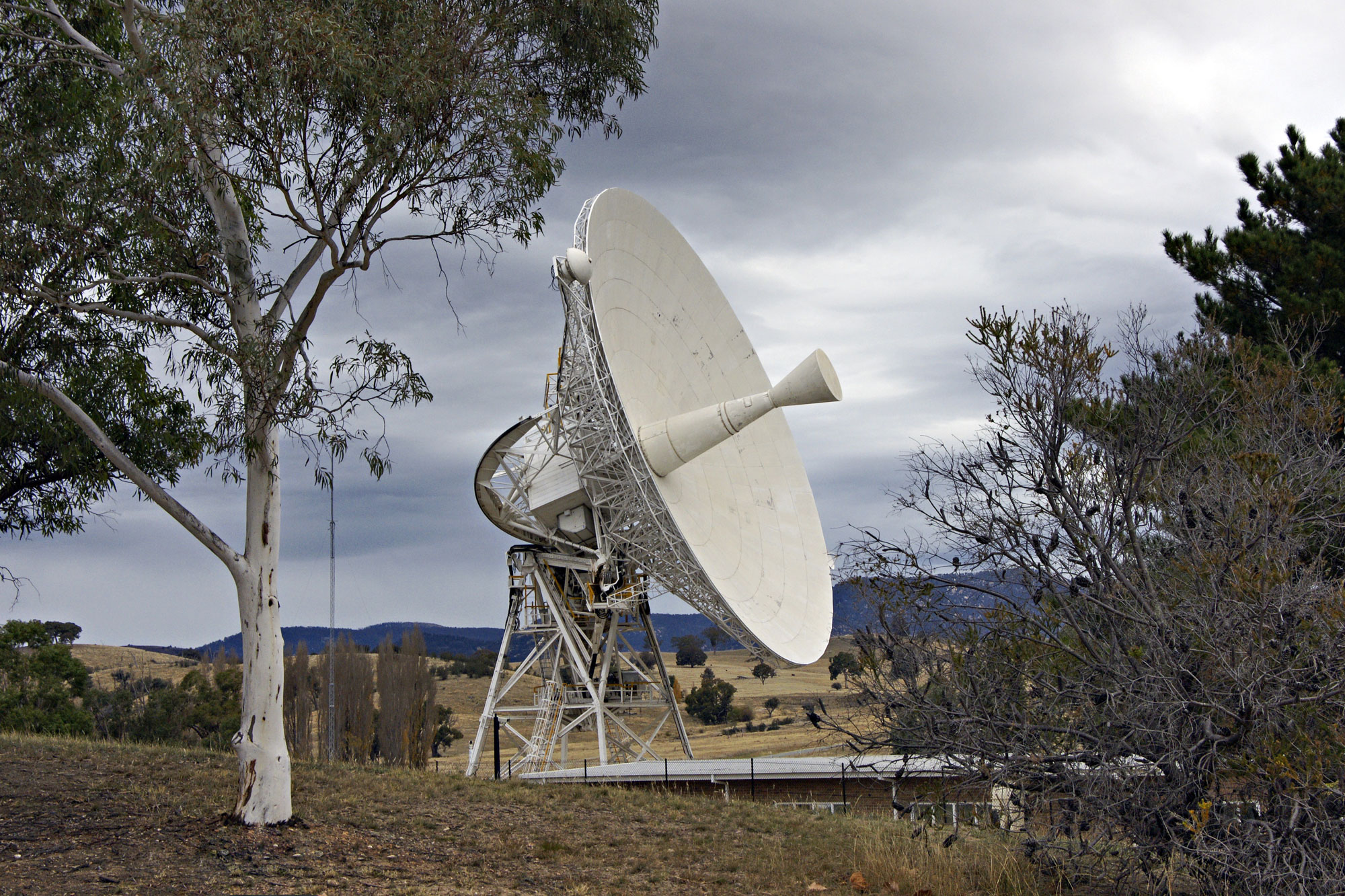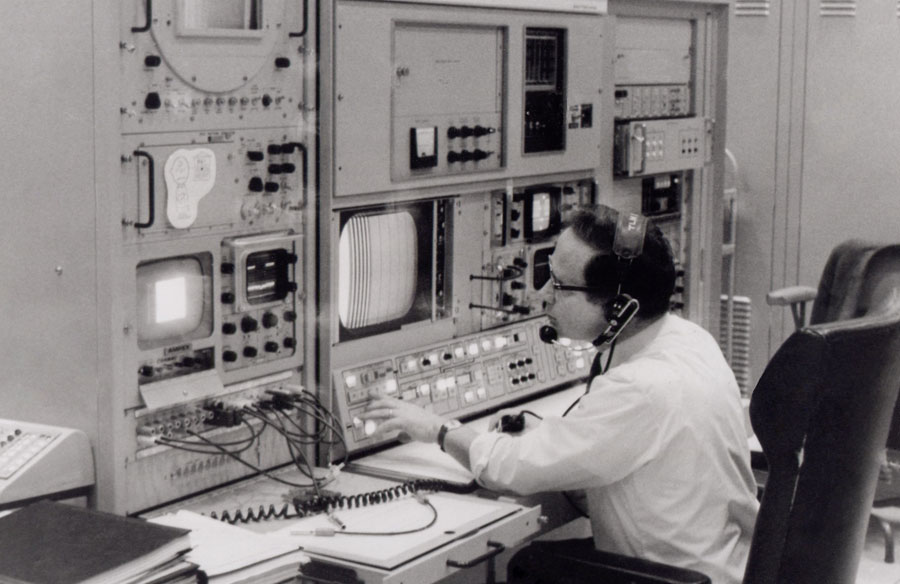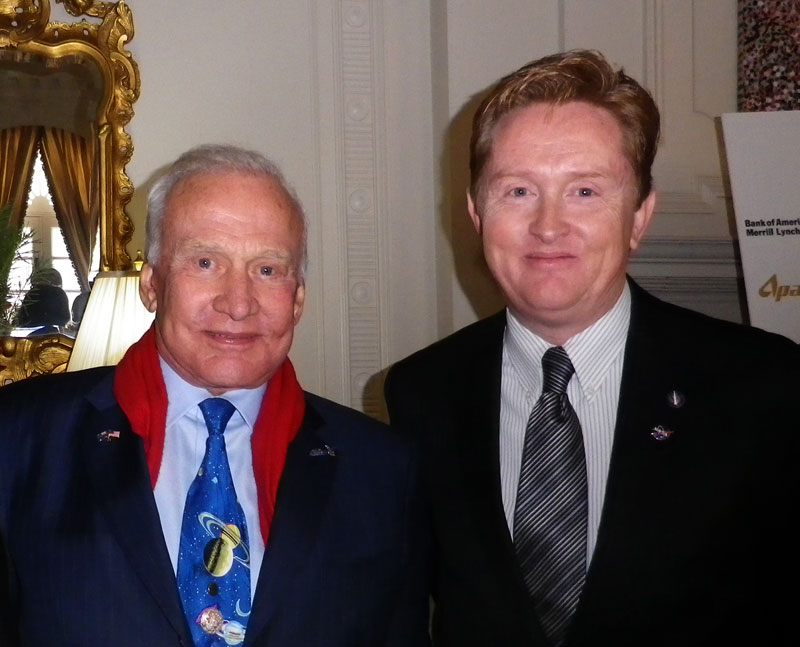By Glen Nagle
CSIRO Astronomy and Space Science
It’s funny the things you remember from your childhood. For me, my two outstanding memories are of those first steps on the Moon and a bright orange carpet.
This week marks the 45th anniversary of Apollo 11’s landing on the surface of the Moon. At 12.56pm on the 21st of July 1969, an estimated 600 million people around the world were transfixed to their black and white television sets as astronaut Neil Armstrong placed his booted foot on the grey lunar soil. The grainy images relayed around the world from dish-like antennas in Australia.
Deep Space Station 46 now located at the CSIRO managed Canberra Deep Space Communication Complex is the dish which relayed the first images of Neil Armstrong walking on the Moon. Image: CDSCC
I was one of those 600 million viewers, then 7 years old, but today working as the visitor centre manager at the Canberra Deep Space Communication Complex (CDSCC) and the CSIRO’s Parkes radio telescope better known to most people as – The Dish.
CSIRO’s Parkes Radio Telescope helped to receive and relay the majority of the moonwalk around the world. Image: CSIRO
I still remember that moment as if it happened yesterday. Our school in the southern suburbs of Sydney didn’t have a television set and I was determined to watch the astronauts walking on the Moon, so I nagged my parents to let me stay home and see it. They agreed to let me be ‘home alone’ as long as I didn’t move from this bright orange carpet mat they had placed in front of the TV along with some milk and biscuits.
Needless to say, I never moved. I sat glued to the screen watching those amazing images. Never in my wildest dreams did I think that 45 years later I could sit in my office in either Canberra or Parkes and look out the window to the very dishes that brought those images into my lounge room.
The original dish from the Honeysuckle Creek Tracking Station in the Australian Capital Territory (later relocated to CDSCC), captured the first 8½ minutes of the moonwalk and beamed that ‘one small step’ around the world. The Parkes dish came in at that point and handled the last two hours of the astronaut’s activity on the Moon’s surface.
Video technician Ed von Renouard at the TV console at Honeysuckle Creek July 21, 1969. Image: Courtesy www.honeysucklecreek.net
It was certainly a magic carpet ride to that young boy all those years ago. It was a moment that set me on a path to loving science and sharing that passion with other people. I’ve been fortunate to have met a number of the astronauts who walked on the Moon and many of the people behind the scenes at the tracking stations that made that mission and those TV images possible.
Astronaut Buzz Aldrin and an excited 7 year old Glen Nagle (now 52) meet in Canberra. Image: Supplied
I ache though for the generation growing up now who never experienced that moment and hope that one day they get to take their own magic carpet ride, be it orange or any other colour.
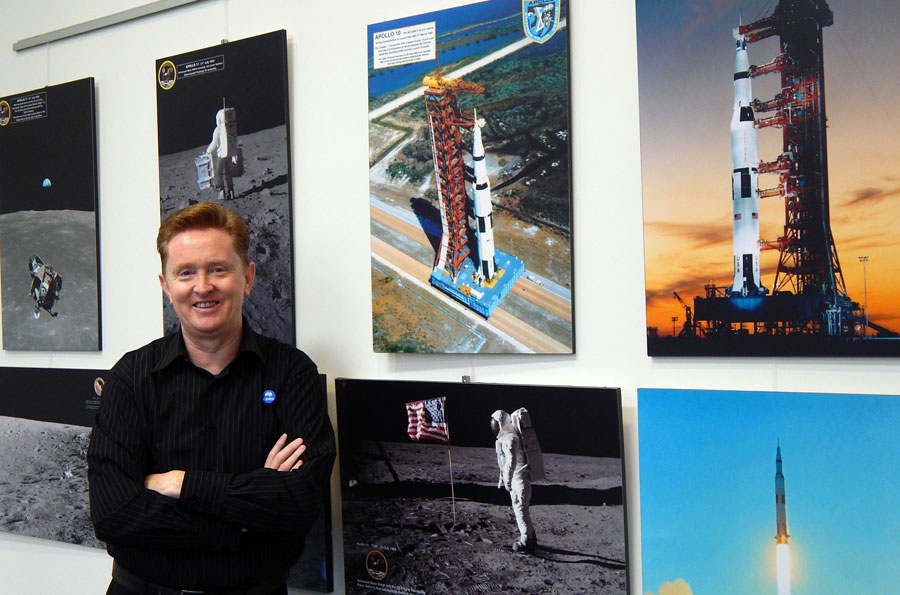 That next ‘giant leap’ will probably be as we take our first steps on the surface of Mars sometime in the 2030s. I hope that a memory like that will take them from their childhoods and on a journey to places that they never thought possible.
That next ‘giant leap’ will probably be as we take our first steps on the surface of Mars sometime in the 2030s. I hope that a memory like that will take them from their childhoods and on a journey to places that they never thought possible.
The Parkes Radio Telescope’s visitor centre is currently running an exhibition of photos from the Apollo missions that will run until the end of September 2014.
Entry to the centre is free and is open 7 days, 8.30am to 4.15pm.
www.csiro.au/parkes

